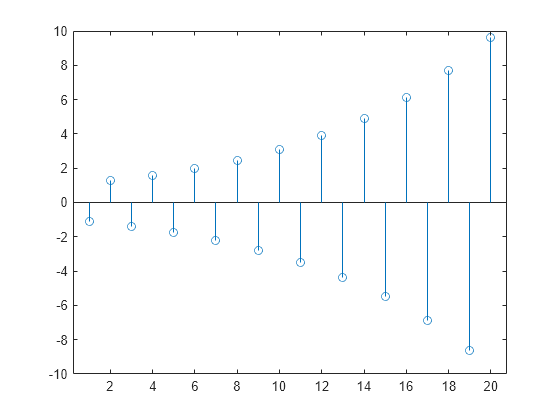filtic
Initial conditions for transposed direct-form II filter implementation
Description
Examples
Input Arguments
Output Arguments
Algorithms
The filtic function performs a reverse difference equation to
obtain the delay states w. Elements of x beyond
x(n-1) and elements of y beyond
y(m-1) are unnecessary so filtic ignores them.
The transposed direct-form II structure is shown in this illustration, where
n – 1 is the filter order. If your feedback and feedforward filter orders
are different, you can treat the higher-order terms as 0. For example, for a filter with
a = [1 2] and b = [2 3 2 4], you can assume a
= [1 2 0 0].
References
[1] Oppenheim, A.V., and R.W. Schafer, Discrete-Time Signal Processing, Prentice-Hall, 1989, pp. 296, 301-302.
Extended Capabilities
Version History
Introduced before R2006a
